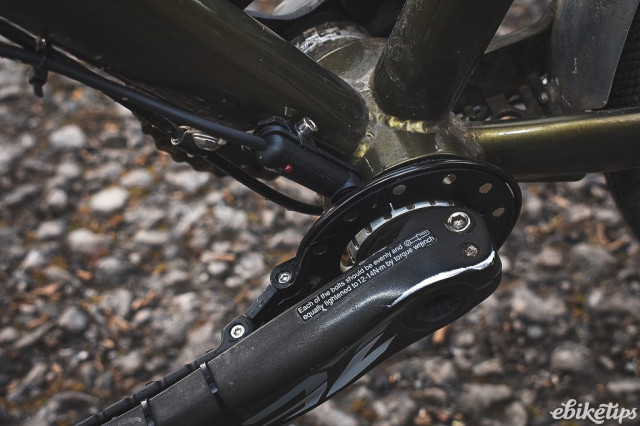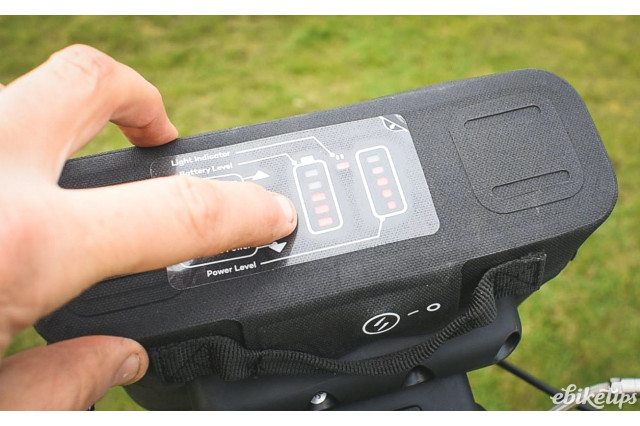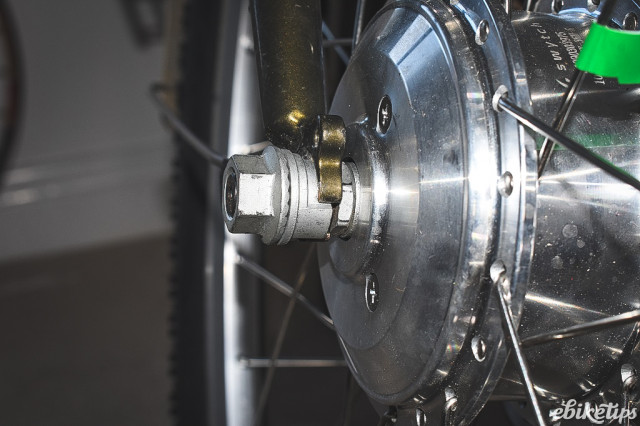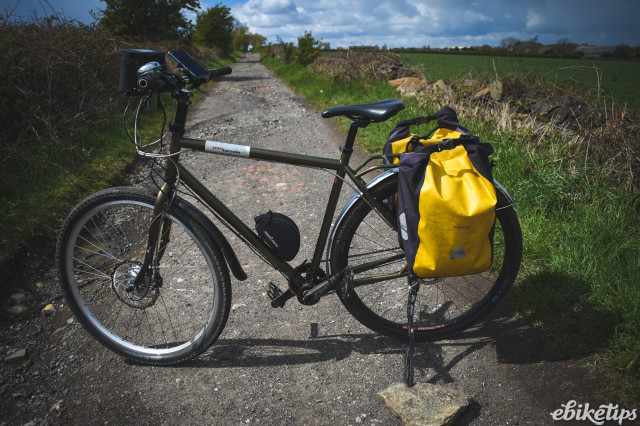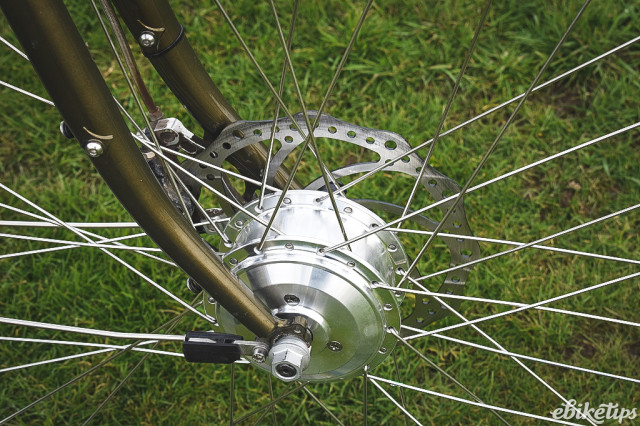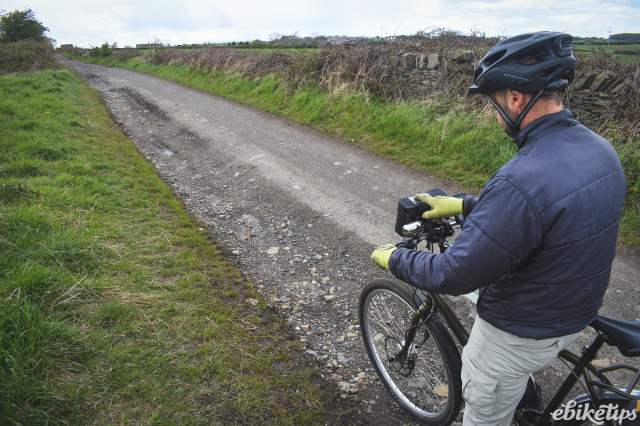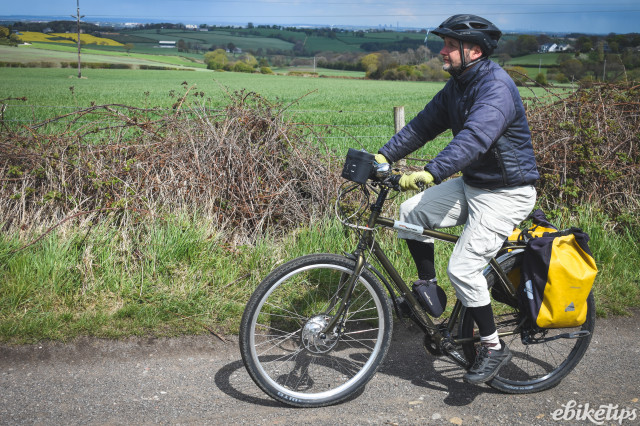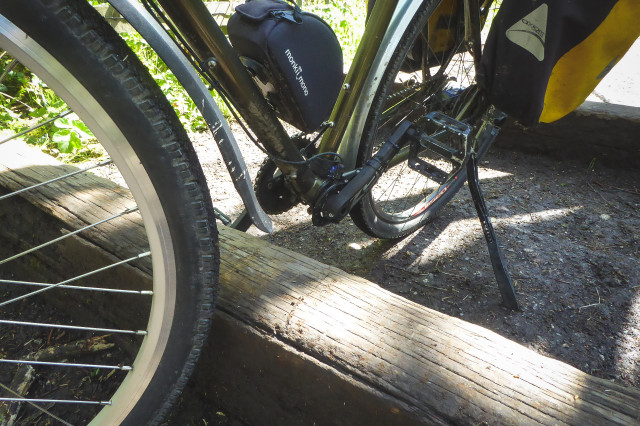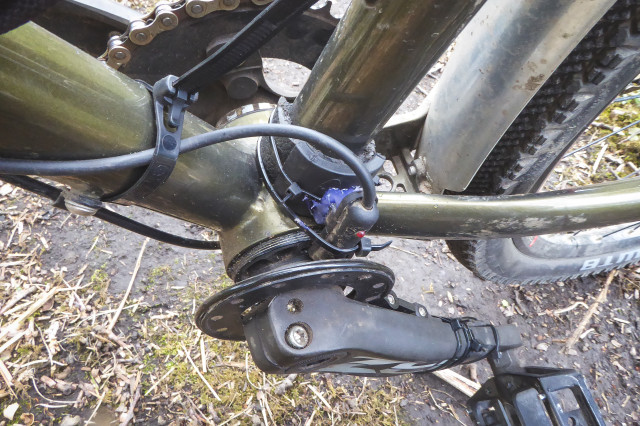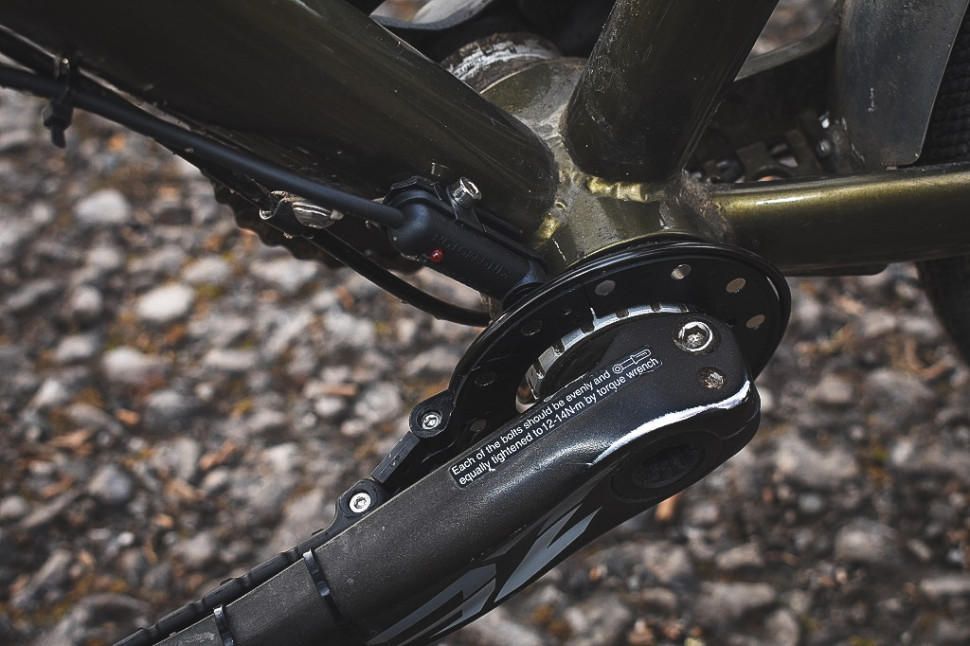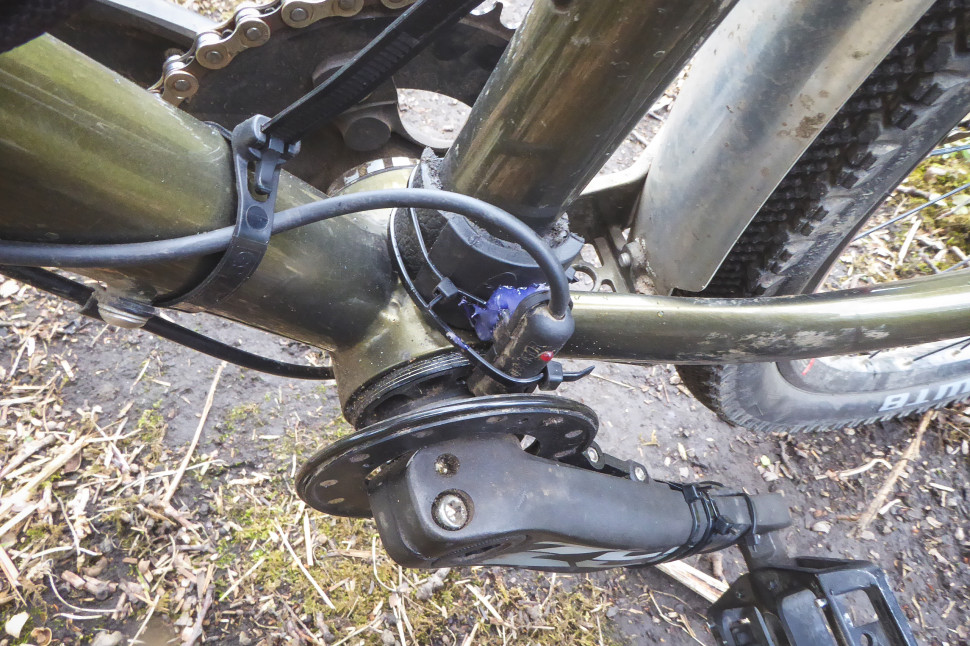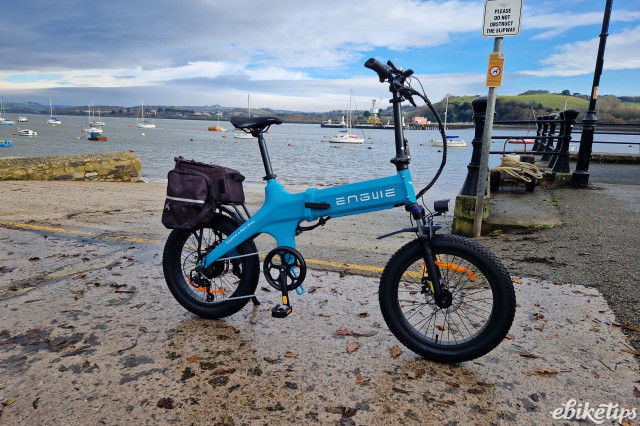We last reviewed the retrofit Swytch system back in May 2020 so this is a specific update based on the introduction of a new 'universal' pedal sensor fitting system that means the kit should fit even more bike designs.
I fitted the latest iteration of the Swytch to a bike with a Shimano Hollowtech II bottom bracket – precisely the kind of thing Swytch’s new more adaptable cadence sensor was designed for, seemingly making Swytch’s claim of quasi-universal retro-fitting more tenable. I also used the heavier 250Wh battery whereas the original review used the lighter 180Wh pack.
Does Swytch Really Offer Universal Fitting?
If you don’t already know, the main selling point of Swytch is that it claims to be able to convert, relatively simply, the vast majority of ‘unpowered’ bikes out there to electric assist. And, if you order in advance, it will do it at a great price.
Three steps are required:
- Swap out front wheel
- Fit battery pack to handlebars
- Fit cadence sensor
On most bikes fitting should be straightforward and it's described in more detail in the original review – you might very occasionally encounter difficulties with steps one and two but step three presents most pitfalls as the bottom bracket / pedal crank area comes in the widest variety of shapes and sizes, presenting a challenge to designing a universal fit cadence sensor.
To make the test a bit more, well, testing, I fitted it to a Tout Terrain trekking bike and took it off-road to see if it stood up to extended trail use too.
The New Sensor
According to Swytch their previous pedal sensor was a standard off-the-shelf sensor that some customers couldn’t fit onto their bikes, particularly designs with external bearing bottom brackets. Swytch asked 1,000 customers to send in photos of their bikes so that they could make a custom, universal design. After five months development and testing they launched the Universal Pedal Sensor that, from the beginning of the year, ships with all Swytch kits as standard. It has a rubber articulated arm that is able to mount to the back of any pedal crank.
It proved initially easy to fit the pedal sensor onto the Tout Terrain’s Hollowtech II cranks with the use of cable ties and a double articulated joint, though more on that later. But as the part of the Swytch system most vulnerable to heavy use (the bottom bracket is an area prone to knocks and bumps) how would it fare out on the trail?
On the Trail
I’d always loved the Tout Terrain ‘donor’ bike – great for off-road trekking style tours as it has always proved ultra solid and reliable with a wide gear range fitted and lovely Hope hydraulic disc brakes. It’s not the lightest though, and, with further plans for some off-road touring with a full camping load, the larger battery option Swytch (with a spare stashed away in the luggage for extra range) looked a good option to give the bike a new lease of life.
I wanted to make sure the kit was up to longer off-road tours so used it often on local farm tracks and easier bridleways as well as for daily chores, clocking up a few hundred miles. One memorable ride gave it a true test as the ground hadn’t dried out quite as much as I had figured, the sensor assembly ending up getting totally covered in muddy gloop….but it kept working perfectly.
I’d agree with the original ebiketips review findings; in short this is a lightweight system that has a good amount of hillclimbing power given that it is based around a relatively small hub motor. Note it is substantially the same kit I have reviewed, which itself was an update on Swytch’s original kit, this Gen2 version being 50% lighter and 70% smaller.
Whilst the new pedal sensor went on easily at first as described above, it presented a slight problem when I needed to tighten up the chain using the eccentric bottom bracket system on the Tout Terrain; this moved the pedal axle and the centre of rotation of the magnet disc away from the sensor on the frame, so I had to be a bit creative in moving and reattaching the sensor. No big deal if you are OK at fiddling with bikes and certainly not a criticism of the system (it’s really the law outlawing twist and go throttles that necessitates this kind of complication).
Perhaps wireless technology could be developed to be reliable and fast enough to produce a system that means a single sensor on the pedal crank could communicate with the controller (in the battery bag in Swytch’s case) but as yet no one has produced such a kit that is in widespread use (Vekkit might take exception to that statement but there are no independent reviews of the technology they use as far as ebiketips is aware...though we are here to help!).
As it is, the pedal sensor remains the most likely potential area of weakness for all such kits out there. Another retrofit kit, the Cytronex relies on a clever system that senses movement of the rear gear sprocket and is mounted a bit more out of the way on the chainstay – but even then I have heard of examples of that system requiring a bit of extra fixing with some kind of glue or epoxy, just depending on the profile of the chainstay.
Summary
Having said all that, the sensor, like the rest of the Swytch has stood up to several hundred miles of riding on and off road so I’d now be entirely confident of taking it on a long tour. It even pulled a load of 20kg spread between rear panniers and the excellent FollowMe Cargo trailer as a dry run for a longer camping tour (as and when campsites and all their facilities are fully open again…).
The extra weight of the larger 250Wh battery pack (as compared to the smaller 180Wh option) didn't affect handling too badly, as I suspected it might; it was in fact more a problem when handling the bike dismounted as it would cause the bars to swing round quickly and unexpectedly.
So, all in all I felt my testing was further proof that this is a kit that not only beats most cheaper kits out there on weight (this bigger battery version added 4.45kg to the weight of the bike) but more than stands its own in terms of quality. If you buy at the 50% ‘discounted’ price of £625 it’s still good value (£500 for the 180Wh version), though the penalty for that discount is a wait time of a few months.



